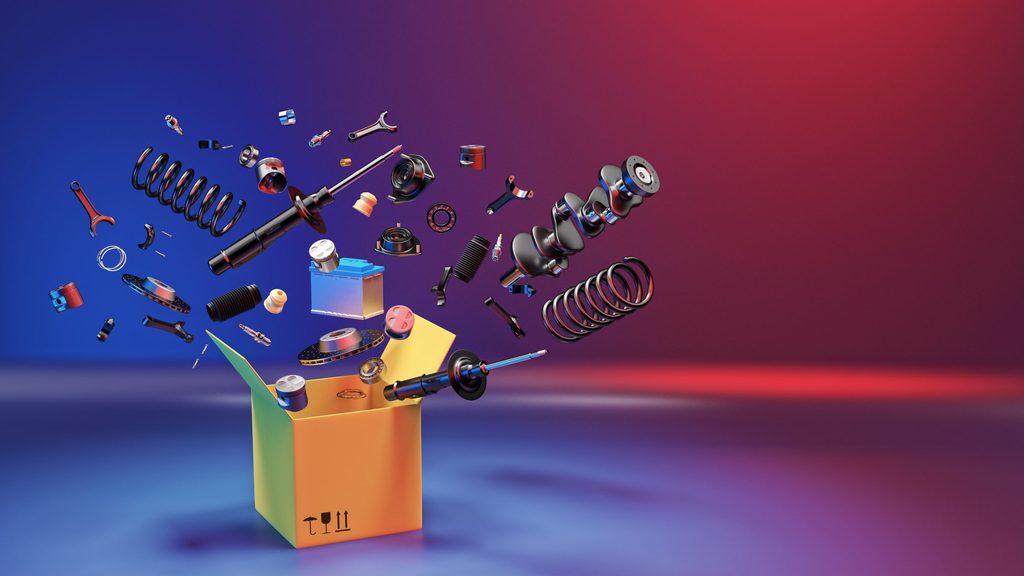This year, the success of the UK automotive industry will be determined by multiple factors, both directly relating to the sector and external.
Whatever impacts the automotive industry in this country will undoubtedly trickle down to affect the aftermarket, as it often does. Whether it’s legislation or new technology, sooner or later the industry’s secondary market will reap the rewards – or feel the pressure – from what occurs in the wider automotive sector. In the landscape of a greatly changing industry, 2023 promises to be an intriguing year for the automotive aftermarket. Let’s take a look at what lies ahead this year.
As the industry creeps closer towards the 2030 petrol and diesel ban, more drivers will be turning to alternative methods of driving. With electrification really taking shape now, it is only natural that more electric – and even hybrid – vehicles will come into the car parc.
With this comes the opportunity for aftermarket businesses to open up a new revenue stream. For example, workshops that are capable of servicing hybrid and electric vehicles will be able to service any type of vehicle that comes through their doors. Similarly, parts and technology manufacturers that can offer their customers equipment to service EVs will set themselves apart from other businesses. With these capabilities, aftermarket businesses should consider ways of communicating such strengths to their consumers.
Unfortunately, with electric vehicles comes the ever-present difficulty of access to vehicle data. With Motor Vehicle Block Exemption Renewal (MVBER) due to run out in May, there is – at the time of writing – still no confirmation on a replacement for the initiative, although in October 2022, the Competition and Markets Authority (CMA) recommended that a new UK Motor Vehicle Block Exemption Order (MVBEO) should be established. Without such an initiative, independent workshops could be unable to access a predetermined section of vehicle data, thus preventing them from working on electric vehicles.
Another challenge facing the aftermarket is the current cost of living crisis. With many independent businesses across various sectors struggling to keep their operations going in the midst of rising costs, the main test for independent aftermarket businesses is survival. Some may fall to the crisis, and some may have to sell up to a franchised business, losing their independence along the way.
There is, however, a glimmer of hope that can be found for the industry during such tough times. The cost of living crisis is having an impact on consumers, too. On the surface, this doesn’t sound promising at all; businesses want their customers to have money to spend, but in the case of the independent automotive sector, this largely impacts new vehicle purchases. With people having less money in their pockets, they’re unlikely to be able or willing to splash out on a new car, and so the car parc will age. On the flip side, vehicle maintenance isn’t something that can be avoided when it becomes necessary, so independent workshops could benefit from older cars on the road needing a more steady flow of repair. If aftermarket businesses can communicate their services to their customer base, then they will stand themselves in good stead to see themselves through the crisis.
So, although there are some threats on the horizon for the aftermarket in 2023, there are also plenty of opportunities. Our prediction is that the biggest success stories throughout the industry this year will come from the best communicators. Here’s to a great year!




